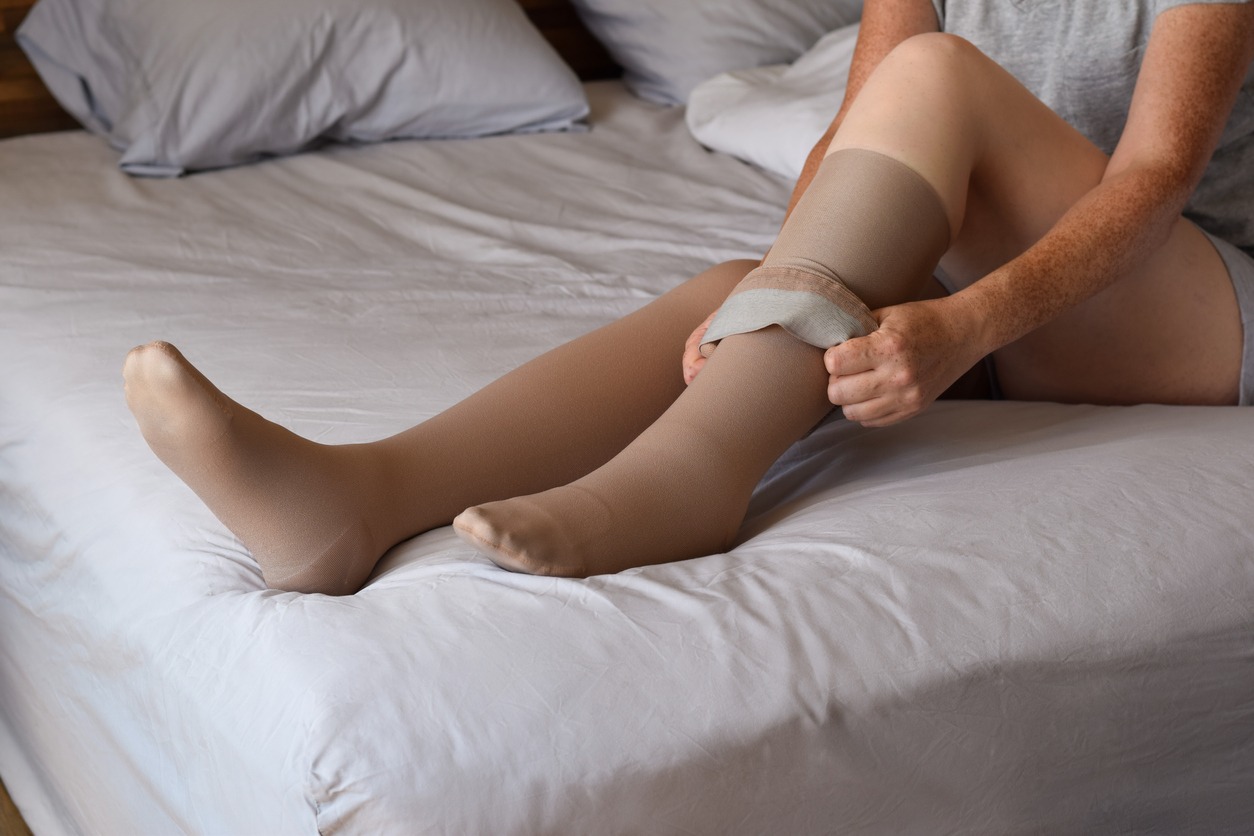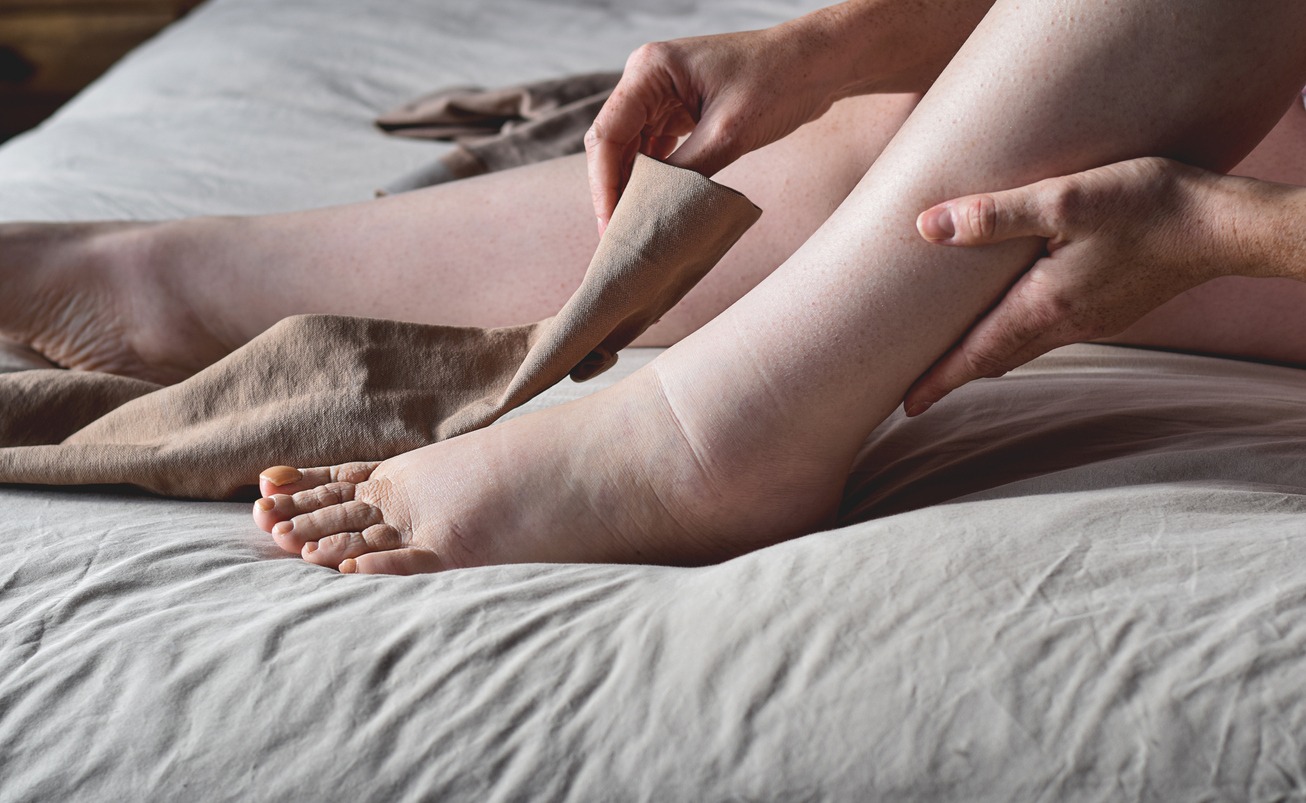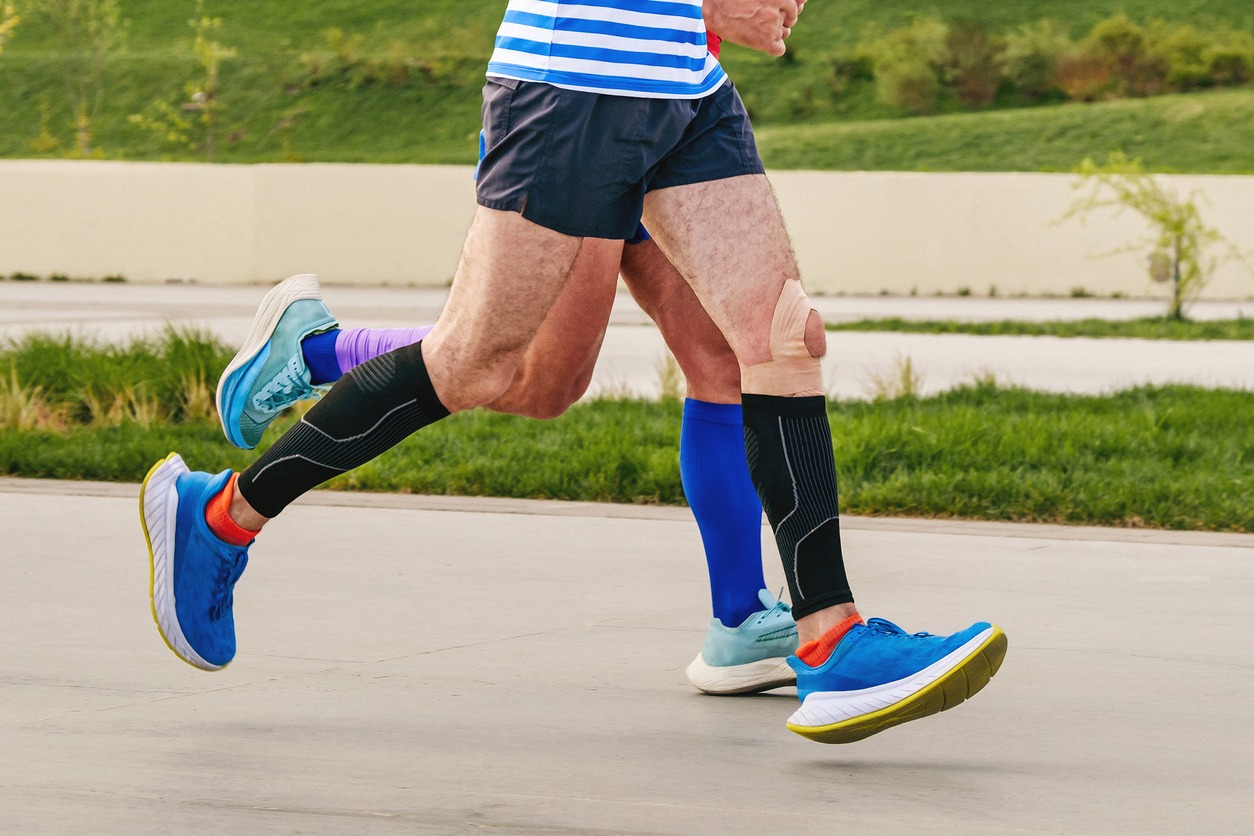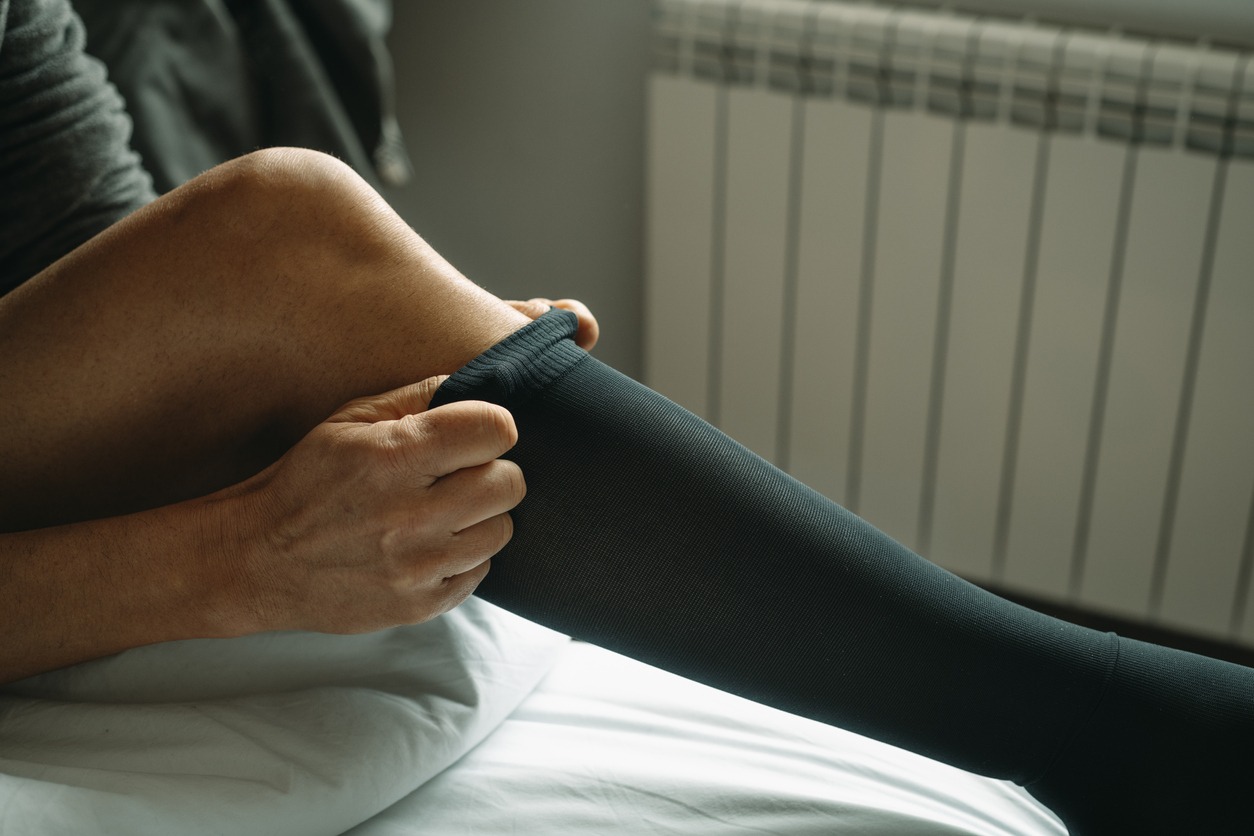Compression socks are specific garments that are made to give graduated pressure to the lower legs and feet. Most of the time, they are used for athletic, medical, and travel purposes. They can apply the greatest amount of pressure at the ankles and decrease pressure up the leg slowly, promoting blood circulation and preventing fluid buildup. If you are thinking of using compression socks, you have to note that there are different types available in the market today, each with its own benefits.
Whether you are aiming to improve your athletic performance, alleviate circulatory issues, or enhance your comfort when traveling, it is important to understand the different types of compression socks and their advantages in order to pick the best one that will cater to your needs and preferences. That is why in this article, we are going to give you the different types of compression socks along with their benefits. This way, you will have a comprehensive overview of the different options you have and pick the most suitable one for your needs.
The Different Types of Compression Socks
If you are new to using compression socks and want to learn about what options are available in the market, below are the different types of compression socks along with their benefits:
Gradient Compression Socks
Gradient compression socks are also sometimes called graduated compression socks. They exert the highest level of pressure at the ankles, gradually decreasing pressure as they move up the leg. The design of gradient compression socks helps in improving blood flow by facilitating the upward movement of blood toward the heart.
However, note that gradient compression socks usually require professional fitting. Socks that end just below the knee help limit peripheral edema or lower leg swelling because of fluid buildup. Socks that extend to the thigh or waist, on the other hand, socks that extend to the thigh may help reduce the pooling of blood in the legs and help prevent orthostatic hypotension. There are also different options for gradient compression socks, such as different colors, and a choice of open- or closed-toe.
Benefits of Gradient Compression Socks
– Can enhance circulation and reduce the risk of blood pooling in the lower legs.
– Alleviates symptoms that come with varicose veins, such as discomfort and swelling.
– Provides relief for people with circulatory issues, such as venous insufficiency and deep vein thrombosis.
Athletic Compression Socks
Athletic compression socks are made specifically for enhancing athletic performance. But it can also be used in post-exercise recovery. Therefore, if you are into sports or if you have an active lifestyle, you may find athletic compression socks beneficial.
Benefits of Athletic Compression Socks
– Provides compression around the calf muscles, which helps improve oxygen delivery, reducing muscle fatigue and cramping during physical activity.
– Gives support and stabilization to the joints and muscles, helping reduce the risk of injury.
– Enhances muscle recovery by promoting efficient removal of metabolic waste and decreasing post-exercise soreness.
Travel Compression Socks
Travel compression socks are designed for people who are always traveling to far places, particularly on long flights. They are perfect for individuals who spend prolonged periods sitting, such as during long drives or air travel.
Benefits of Travel Compression Socks
– Helps prevent deep vein thrombosis (DVT) by improving blood circulation and reducing the risk of blood clots.
– Reduces leg swelling and discomfort, which are usually experienced by people during long flights or extended periods of inactivity.
– Gives a comfortable fit and support for the legs, which enhances overall travel comfort.
Medical Compression Socks
Medical compression socks are those that are prescribed by healthcare professionals for specific medical conditions. They are used to manage and treat different medical conditions that are commonly related to poor blood circulation.
Benefits of Medical Compression Socks
– Supports individuals who have chronic venous insufficiency, lymphedema, or leg ulcers.
– Promotes wound healing and reduces edema.
– Assists in managing symptoms associated with conditions like deep vein thrombosis, diabetes, and varicose veins.
– Recommended for post-surgery or for people who have limited mobility to prevent blood clots and improve blood flow.
Important Things to Consider When Choosing Compression Socks
When choosing compression socks, there are important things that you need to consider to make sure that you pick the right type and get the maximum benefits. Below are some of them:
Compression Level
Compression socks have different compression levels, and they are often measured in millimeters of mercury (mmHg). Below are the different compression levels to choose from:
– Mild (8-15 mmHg)
– Moderate (15-20 mmHg)
– Extra Firm (30-40 mmHg)
The right compression level depends on the purpose and your specific needs. For instance, mild compression is best for general leg discomfort. Higher levels, on the other hand, are recommended for medical conditions or specific athletic requirements. It is always important to consult with a healthcare professional to determine the most appropriate compression level for your situation.
Material and Design
It is also important to consider the material and design of the compression sock. Most compression socks are made from materials like nylon, spandex, or a blend of synthetic fibers. There are also some that may include moisture-wicking properties to keep your feet dry and comfortable. Therefore, when you are choosing a compression sock, try to look for ones that have breathable materials that offer comfort and allow moisture to evaporate.
It is also great to consider the durability and stretchiness of the fabric for a proper fit. Try to find other useful features, such as cushioning, seamless toes, or arch support, depending on your particular needs.
Size and Fit
Size is very important when choosing compression socks. Getting the right size and fit can ensure the effectiveness of compression socks. To find the right size, you need to measure the circumference of your ankle, calf, and sometimes thigh to know the appropriate size based on the sizing chart provided by the manufacturer. For a comfortable fit, you also have to consider the length of your leg and the size of your foot. Sizes and fit may vary among different brands. Therefore, always follow the manufacturer’s guidelines for measurements and sizing.
Brand and Quality
It is also important to pick compression socks that are from trustworthy and reliable brands that offer quality products. Try to look for brands with a history of producing compression garments and those that focus on medical-grade compression. Also, before buying, make sure that you research and read reviews and recommendations from experienced users and healthcare professionals.
Conclusion
Compression socks are indeed great for people who are looking for ways to provide pressure on their legs and feet for different purposes and benefits. By understanding the different types available in the market, you’ll be able to make an informed decision and get the maximum benefits of compression therapy. We hope this post helped you learn more about the different types of compression socks and their benefits.




